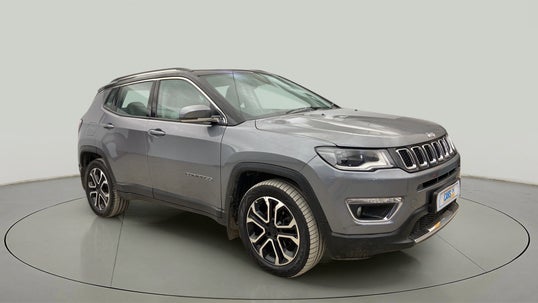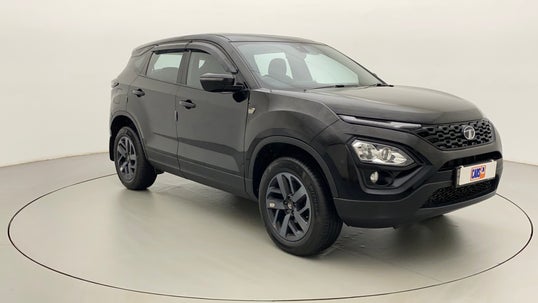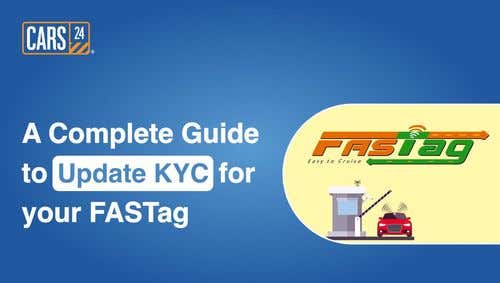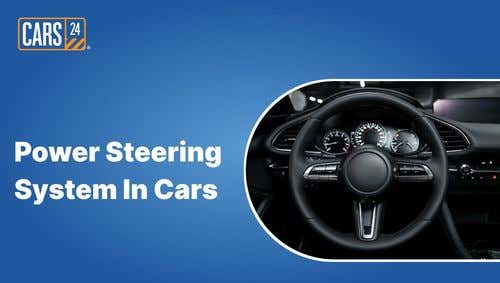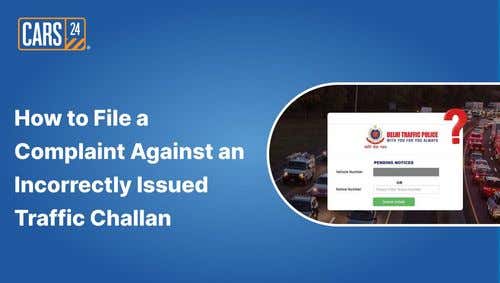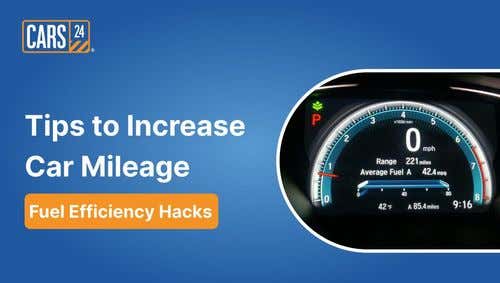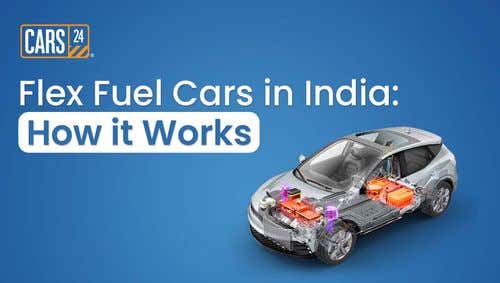What is the Bharat NCAP? Everything You Need To Know

Updated on: 18th April, 2024 IST
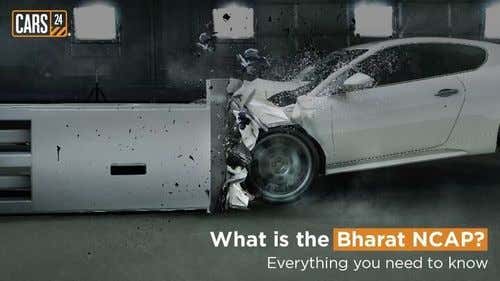
The much-awaited, government-backed crash test programme for passenger vehicles in India, the Bharat New Car Assessment Programme (BNCAP) has finally been introduced in the country and will be rolled out on October 1, 2023. Based on the Automotive Industry Standard AIS 197, Bharat NCAP will assign cars star ratings based on their safety performance in crash tests.
Currently, the Bharat NCAP is voluntary for car manufacturers, but it is expected that most carmakers will participate. The programme is expected to improve the safety of cars in India and make it easier for consumers to choose safe cars.
In this blog, we will deep dive into the Bharat NCAP and understand what this initiative is and how it will impact the way consumers choose the cars they want to buy.
Table of Contents
What is Bharat NCAP?
Bharat NCAP is an indigenous star-rating system for crash testing cars and rating them based on the results. Under this new programme, automobile manufacturers will be voluntarily nominating the cars for crash tests.
The Bharat NCAP crash tests will be conducted by Automotive Industry Standard 197 which will be published soon. It is worth noting the fact that the Bharat NCAP will come into effect from October 1, 2023, making India the fifth country in the world to have its own car crash test rating system. The tests will be conducted at the Automotive Research Association of India, Pune.
The cars tested as part of the new programme will get the Bharat NCAP logo and sticker with the ratings and scores secured by the car in the tests. As of now, more than 30 requests have been received from different auto manufacturers for testing various car models. The cost of testing a car under the Bharat NCAP programme is close to ₹60 lakh which makes it one of the cheapest crash testing rating systems in the world. Most of the global tests require around ₹2.5 crore for the same process.
Also Read : Hyundai Creta Safety Rating: Adult & Child Protection Score
Bharat NCAP: Ratings And Tests?
The protocols followed during the Bharat NCAP crash test rating are similar to the ones followed by the global agencies and it will award a star rating between 1 to 5 Stars, with 1 being the lowest and 5 the highest. The crash tests will mainly cover three areas: Adult Occupant Protection (AOP), Child Occupant Protection (COP), and Fitment of Safety Assist Technologies.
Furthermore, as of now, every car will be subjected to three tests:
- Front Impact Test
- Side Impact Test
- Side Pole Impact Test
The car undergoing the evaluation will be crashed against an offset deformable barrier at a speed of 64 km/hr as part of the front impact test, making it similar to the Global NCAP protocol. Only the cars securing a 3-star rating or more will be subjected to the pole impact test at a speed of 29 km/hr.
The three-star or high rating will only be awarded to any car if it has electronic stability control and front seat belt reminders as a standard part of the package. The maximum score for adult occupant protection (AOP) is 32 points while the maximum child occupant protection (COP) rating stands at 49 points.
Mentioned below is a detailed Bharat NCAP point breakup:
| Rating | Adult Occupant (AOP) | Child Occupant (COP) |
| 5-Star | 27 points | 41 points |
| 4-Star | 22 points | 35 points |
| 3-Star | 16 points | 27 points |
| 2-Star | 10 points | 18 points |
| 1-Star | 4 points | 9 points |
Bharat NCAP: Which Vehicles Qualify?
The vehicles classified under the M1 category and approved to carry up to eight occupants are eligible to go through the Bharat NCAP rating. Moreover, all the eligible cars should have a gross weight of less than 3.5 tonnes and should be either manufactured or imported into the country. The new Bharat NCAP programme will also test and rate CNG as well as electric vehicles in India.
Bharat NCAP: How Does It Work?
As per the operating protocols, the Bharat NCAP programme consists of a number of steps and procedures after which a car will be awarded the safety crash test ratings. These include:
- Voluntary nomination of the vehicle model by the car manufacturer
- Selection of the base variant of the vehicle model by random sampling by the Bharat NCAP team visiting the manufacturing facility
- Transporting the selected vehicle to the testing centre in Pune and crash testing it as per all the protocols. The car manufacturer’s representatives are allowed to witness all these crash tests at the testing centre
- Compilation of the test rests and sharing of the results followed by the approval of the Bharat NCAP standing committee
- Publication of the results by Bharat NCAP after the standing committee’s approval. This will be supplemented by a certificate issued by the Central Institute of Road Transport (CIRT)
Bharat NCAP vs Global NCAP
The new Bharat NCAP programme has been formulated on the latest GNCAP protocols and shares most of its testing procedures and standards with GNCAP. It is however worth noting the fact that there is one differentiating factor between the two—the maximum Adult Occupant Protection (AOP). While a vehicle can score a maximum score of 34 Adult Occupant Protection points in GNCAP, Bharat NCAP only awards a maximum AOP score of 32 points. This difference arises as a result of additional points being awarded by GNCAP for front and rear seat belt reminders. As mentioned before, all other assessment procedures and tests are identical in both programmes.
However, due to the implementation of Bharat NCAP, the Global NCAPs #SaferCarsForIndia campaign will be discontinued at the end of the year. David Ward, President, Global NCAP mentioned that they do not want to be perceived as rivals to Bharat NCAP and having multiple testing programmes in one country will lead to confusion.
Also Read : Top 10 Safest Cars in India in 2023 with Global NCAP Rating
Conclusion
The new Bharat NCAP programme is a welcome initiative with a clear objective: To help consumers make an informed decision before finalising a car purchase.
With demand for safer cars increasing in the country, the introduction of the Bharat NCAP programme is a promising step to promote road safety. Furthermore, the Bharat NCAP scores will increase the export worthiness and credibility of the cars manufactured in India. The Bharat NCAP programme will expand in the coming months as the required infrastructure is developed to implement it more effectively. Last, but not the least, the Bharat NCAP will prove to be an important instrument in making our industry “Atmanirbhar” as we move towards becoming the world’s leading auto market.
FAQ's
Q. Is Bharat NCAP mandatory?
No, Bharat NCAP is not mandatory and car manufacturers are required to voluntarily participate in the Bharat NCAP tests.
Q. Which ministry is responsible for Bharat NCAP?
The Ministry of Road Transport and Highways is responsible for Bharat NCAP.
Q. Which NCAP does India follow?
India will be, for the first time, following a standard NCAP rating system. This is called the Bharat NCAP.
Q. What is the speed of Bharat NCAP?
The Bharat NCAP tests will be conducted at a fixed speed of 64 km/hr while the side pole impact tests will be conducted at a speed of 29 km/hr.
Buy recently added cars
Other Blogs
- Recent
- Featured
Popular Cities to Sell Car





